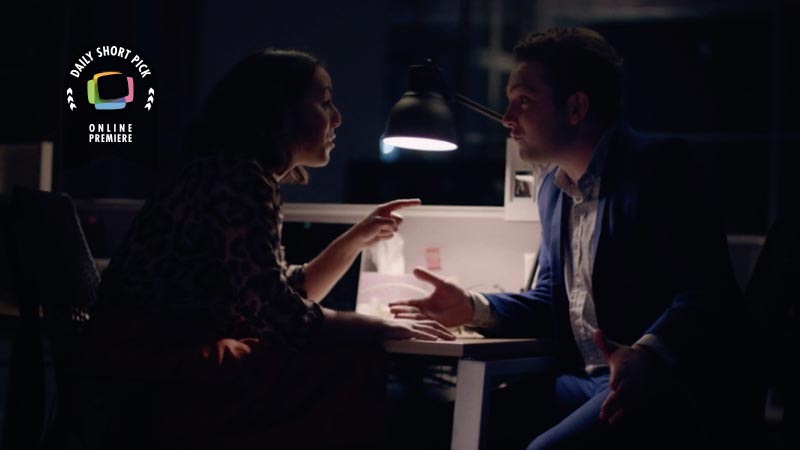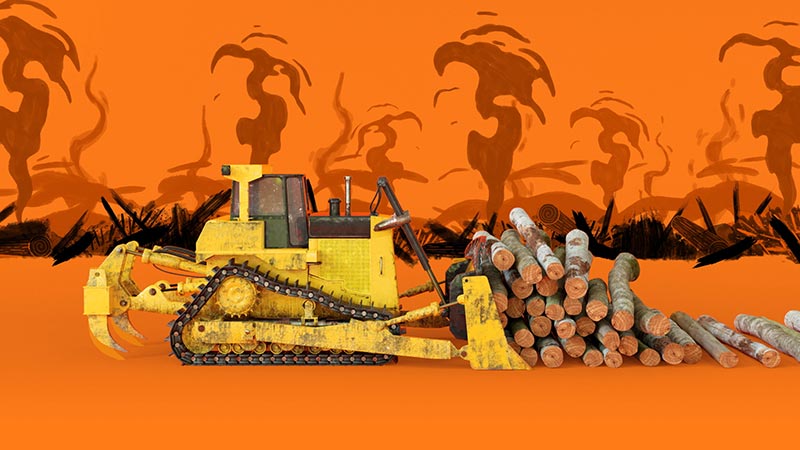Whilst wrestling an eating disorder, a young woman desperate to “Be Good” gets ready for an estranged friend’s birthday party. When a phone call with her mother throws a spanner in the works, she struggles to remain in control. Be Good is an exploration of one woman’s destructive definition of the word “good” and the isolating nature of addiction.
What inspired you to write ‘Be Good’?
During the Covid-19 lockdown in 2020, my partner Montgomery Mauro and I wondered “could we make a short film in one room, with a crew of two people?”. What began as a creative challenge, turned into something much more meaningful. The lockdown created a surge in Eating Disorder cases (which already affected 30 Million + people in the US alone). As someone in recovery from an eating disorder, the confinement of quarantining and the number of “fitness challenges” that were happening online, reminded me of the isolating nature of the disease. Grateful for my own recovery during that time, I felt moved and inspired to write a story that raises awareness around the violent, cyclical nature of the disease and the danger in glorifying diet culture.
As a Lebanese/Palestinian woman, I was also inspired to add to the very limited representation of eating disorders in the media by telling this story through the lens of an Arab woman to show that people of all body types, ages, genders and ethnicities experience this disease.
Tell us more about your shoot in quarantine?
Filming during quarantine was a creatively challenging experience in all the right ways. Setting the film in one room only, with a crew of two people and limited resources, could have felt confining but instead the intimate nature of the shoot lended itself beautifully to the story and had us continually inspired by each other’s creative problem solving.
It was rewarding to choose shots, movements, and lighting within one room and play around with the day cycle as we shot. Our goal was to choose shots not only to serve the visual aesthetic but also to help to tell the story and get the audience in the mindset of the character. For the visuals, we were able to play with the practical lighting, the props and art direction to help tell the story: whether that was the lamp on the table, the fish bowl, or the post-it notes, every choice was deliberate in helping to tell the story. The limited time, safe collaborative environment and the ability to work with talented creatives remotely in post solidified the story and the wonderful experience of making this film.
What is your main take away in sharing this story?
My hope is that audiences gain a new understanding about eating disorders – that eating disorders are not a choice, they are an isolating disease of perfectionism whose sufferers battle an ongoing shame cycle that can make it impossible to ask for help. We never know what people may be hiding behind closed doors. I want anyone who recognises themselves in the film to know they are not alone and help is available.
To anyone suffering, help is available.
Resources:
https://www.theprojectheal.org/
https://www.nationaleatingdisorders.org/



